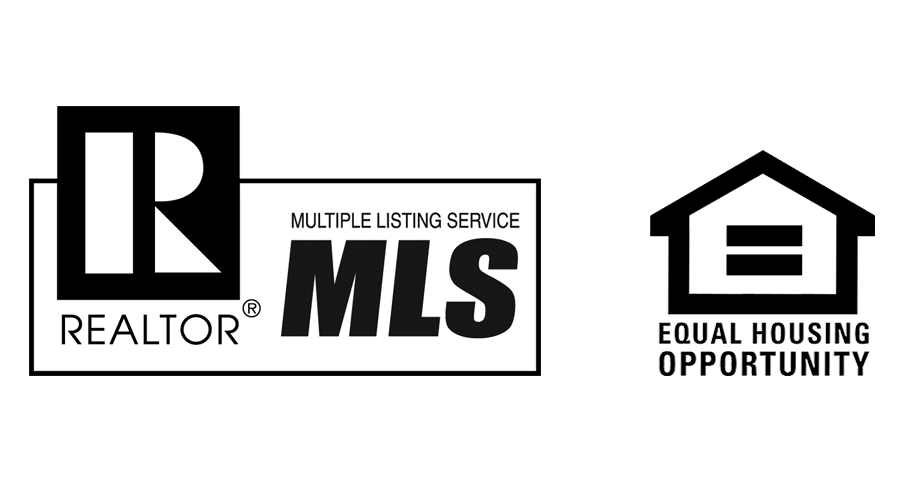Call Us 905.849.3360
UNDERSTANDING BRIDGE FINANCING IN THE REAL ESTATE LANDSCAPE

In the dynamic realm of real estate transactions, a financial tool known as bridge financing has become increasingly prominent. This temporary financing option is strategically crafted to assist homeowners in bridging the gap between the sale of their existing home and the acquisition of a new one.
Bridge loans offer homeowners the flexibility to utilize the equity accrued in their current property as a down payment for the prospective new home, allowing them to proceed with the purchase while awaiting the sale of their existing residence.
Typically characterized by a temporary nature, bridge loans duration can vary. A crucial criterion for qualifying for a bridge loan is the presence of a firm sale agreement for the existing home.
This financing approach is particularly prevalent in high-demand real estate markets. The appeal of bridge loans lies in their ability to facilitate prompt decision-making for individuals eyeing their dream home, alleviating concerns about the timely sale of their current property. Upon the successful sale, homeowners can utilize the proceeds to settle the bridge loan along with any accrued interest.
It’s important to note that residential mortgages and lending products are subject to standard lending criteria, as governed by relevant financial institutions. Seeking guidance from a mortgage specialist along with an experienced real estate team will help gain comprehensive insights into the potential benefits and drawbacks of bridge financing.
Have questions? Contact The Dan Cooper Group today.
Hello@dancooper.com | 905-849-3360
















